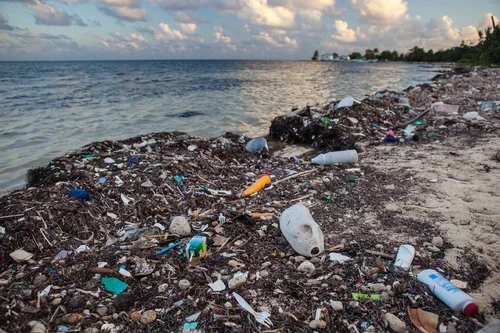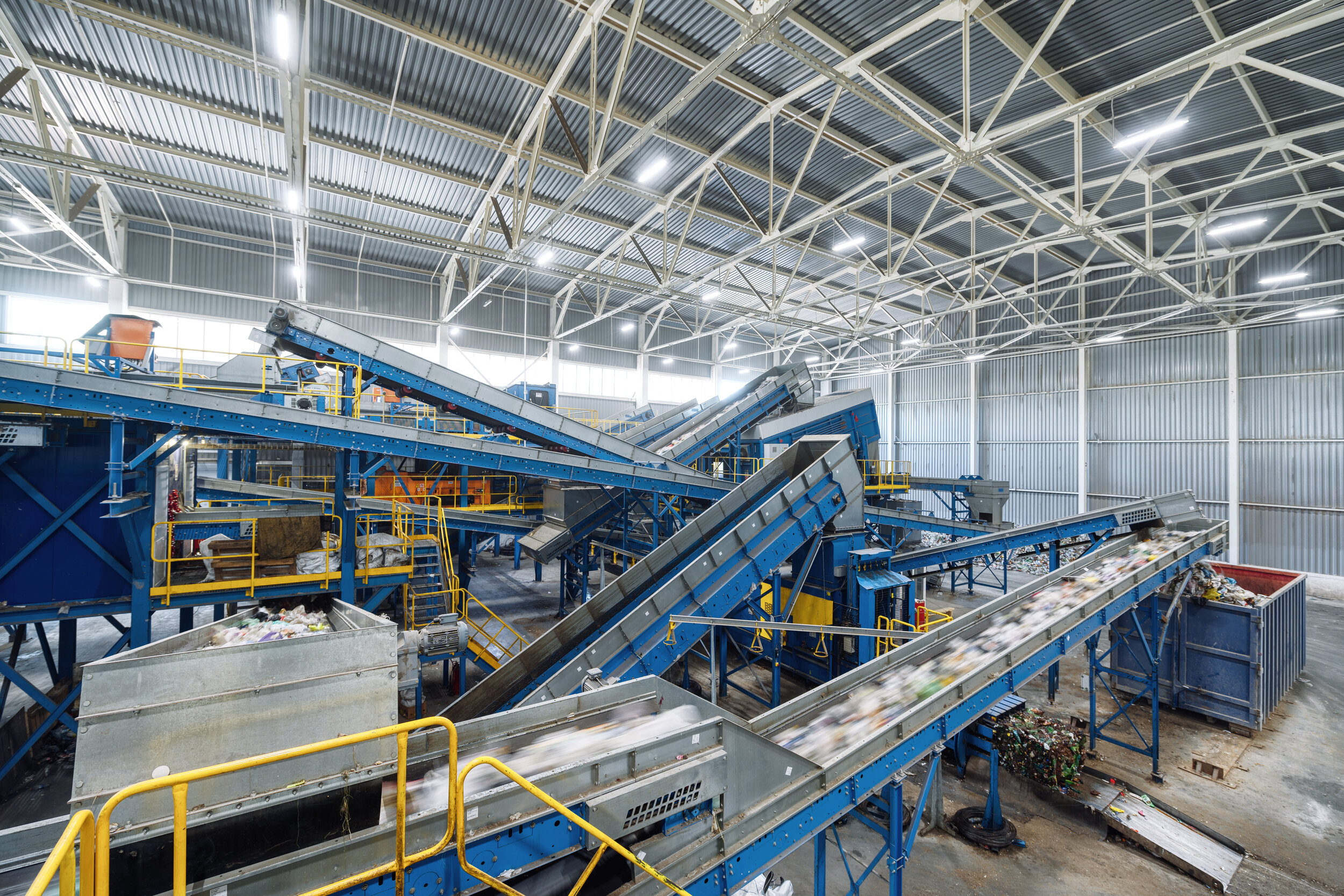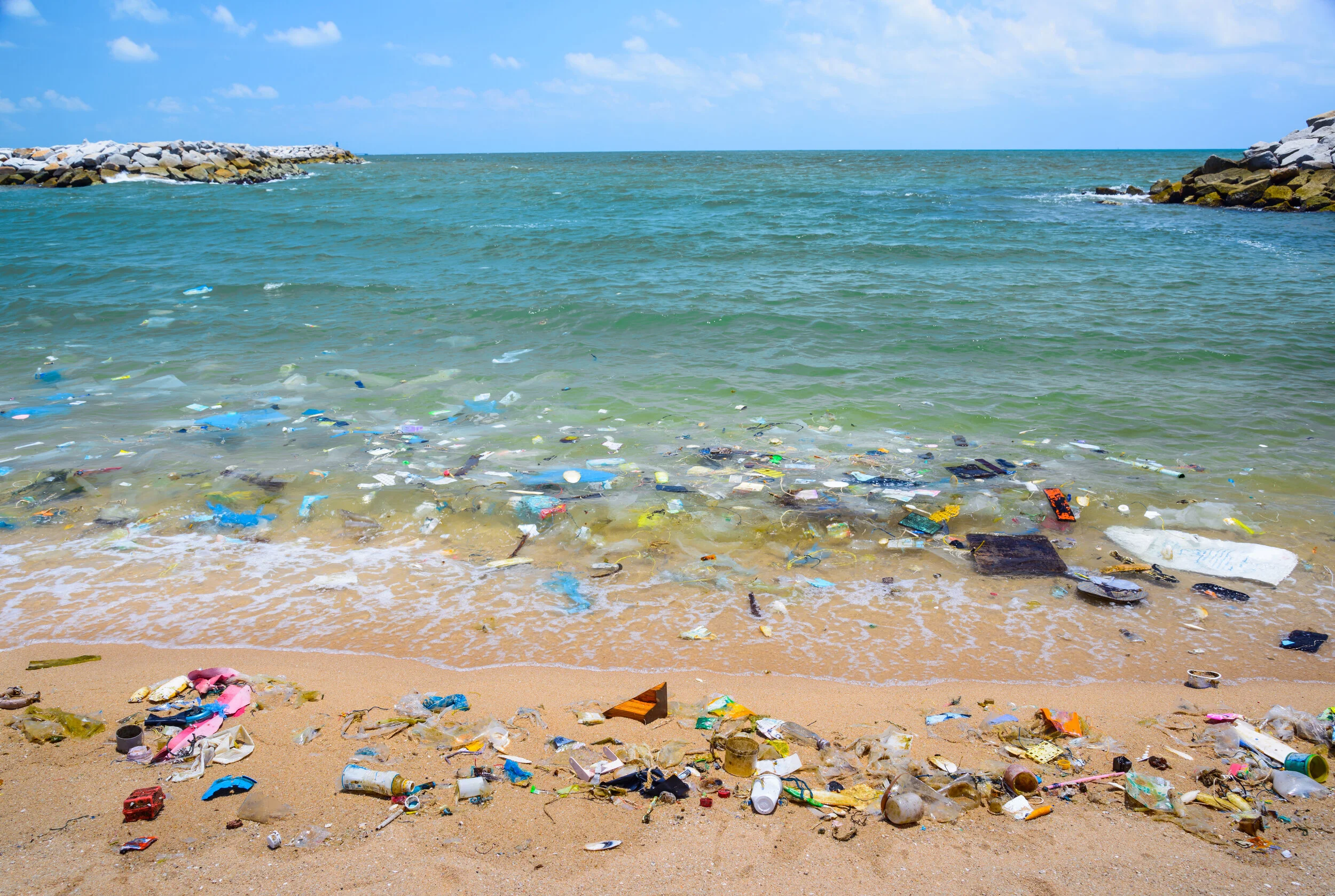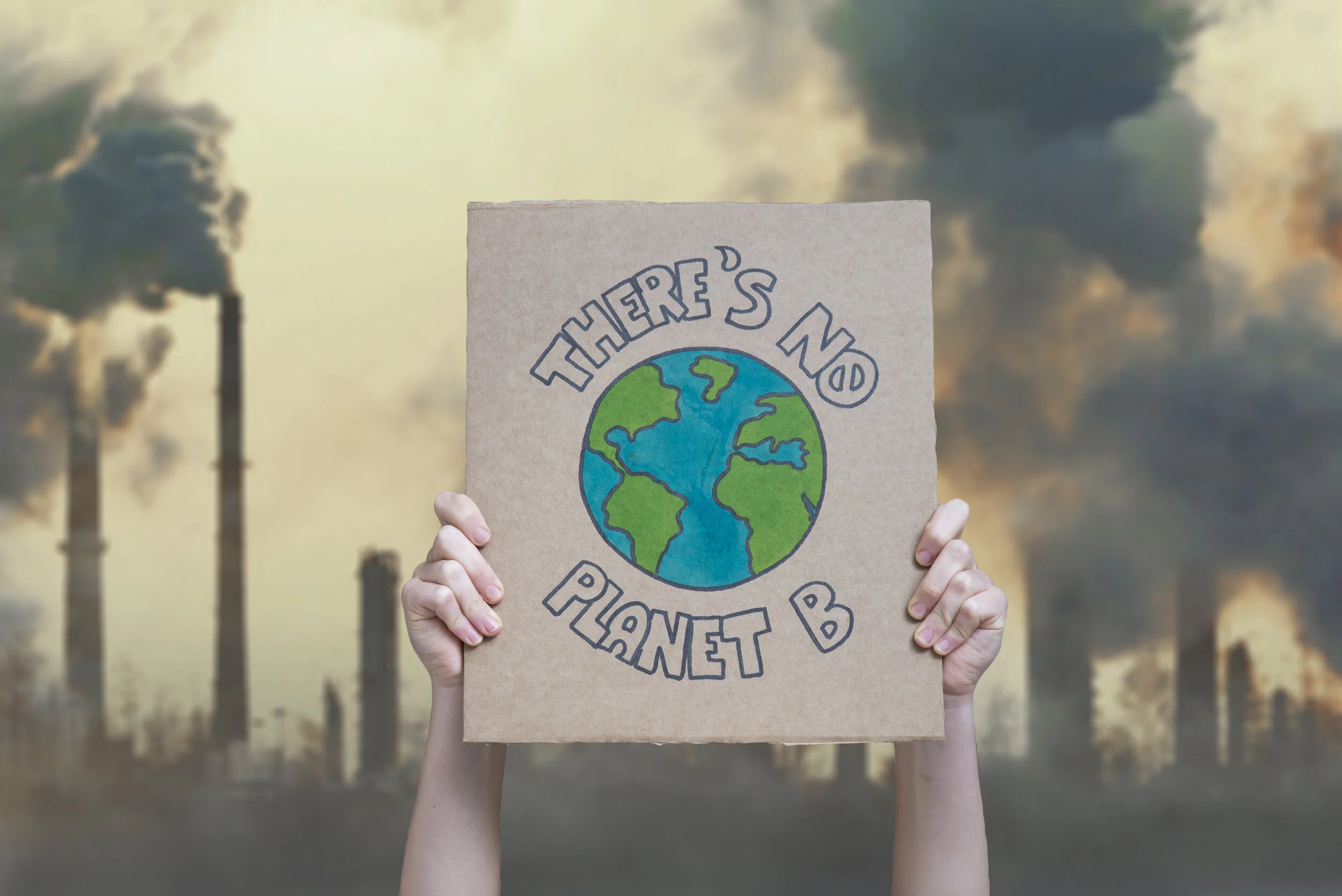ELECTRONIC WASTE
electronic waste / RIGHT TO REPAIR
According to the World Economic Forum, electronic waste is the fastest growing waste stream in the world. By 2040, the production and use of electronics including devices like personal computers, laptops, monitors, smartphones, and tablets will reach 14% of total global carbon emissions. To promote a circular economy for electronics – whereby minimize extraction of natural resources and devices are kept in use as long as possible – manufacturers must make devices easily repairable, a concept called “Right to Repair.”
In response to a 2021 shareholder resolution filed by As You Sow, Microsoft made one of the largest corporate commitments to promote device reparability, agreeing to increase consumers’ options to repair their devices by the end of 2022.
Read more about Microsoft’s Commitment:
Grist: Bowing to investors, Microsoft will make its devices easier to fix
Bloomberg: Microsoft Will Allow More Repair Shops After Activist Protests
Popular Mechanics: Microsoft Is the First Major U.S. Tech Company Promising to Expand Device Repair Options
The Verge: Microsoft has promised to actively look into right to repair
Gizmodo: Microsoft Just Became the First Big Company to Commit to Right to Repair
As You Sow continues to work with Microsoft and additional device manufacturers to promote a circular economy for electronics through robust device repair and additional mechanisms.
BACKGROUND
As You Sow began promoting a circular economy for electronics in the mid 2000s with our Electronic Waste Recycling initiative, working with companies like Dell, HP, and Apple to develop in-house take-back programs. Even with 25 state laws requiring that brands take responsibility for take back and collection of end-of-life electronics, the U.S. Environmental Protection Agency estimates that less than 25% of electronic waste is recovered for recycling.
In 2009, As You Sow’s engagement with Best Buy resulted in the company providing used electronics take-back at all its U.S. stores.
In 2013, As You Sow continued to focus on electronics retailing giants, filing new resolutions with Amazon.com and Walmart. The shareholder resolutions filed with each company ask for development of an in-store program to take their customers’ used electronics.

















